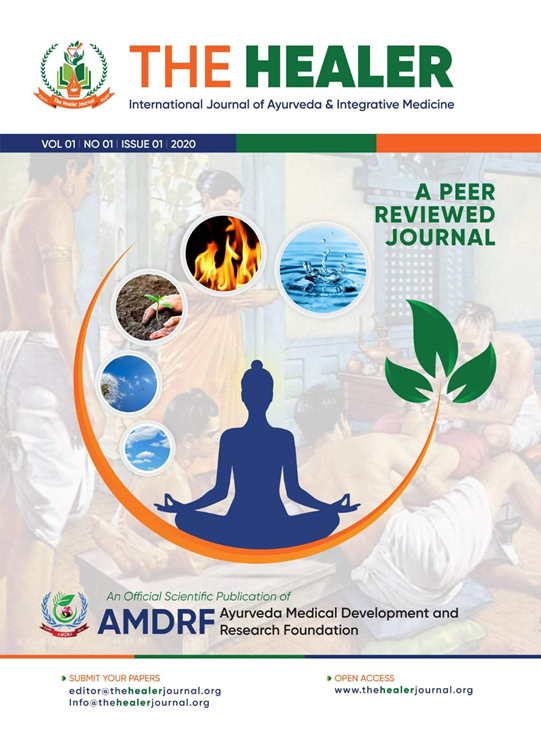Management of Poly Cystic Ovarian Syndrome (PCOS) Through Ayurveda- A Single Case Study.
Abstract
Poly Cystic Ovarian Syndrome (PCOS) is one of the most common metabolic and reproductive disorders among women of reproductive age. Women suffering from PCOS present with a collection of symptoms associated with menstrual dysfunction and androgen excess. PCOS women may be at increased risk of multiple morbidities, including obesity, insulin resistance, type II diabetes mellitus, chronic anovulation, hyperandrogenism, psychological disorders and infertility. In Ayurveda all gynecological disorders are explained under Yonivyapada. Present case of 22 year old female patient came with symptoms of irregular menstruation, prolonged per veginal bleeding, acne on Face, constipation and generalised weakness. Firstly, she treated in allopathic hospital undergo for hormonal treatment but did not get satisfactory improvement. She came to Astanga Ayurveda hospital for Ayurvedic treatment. After Astabidh Parikshya, physical examination and laboratory investigation the case was diagnosed as PCOS. USG report shows Bilateral Polycystic Ovarian syndrome PCOS with Right ovary volume 16.0 cc and Left ovary volume 10.0 cc. She was treated with Sodhana therapy (Purification) i.e. Virechana karma followed with oral medicines Nagkeshar Powder, Pusyanug Powder, Rajaparvartani vati, Kanchanar guggule, Cap Ovarin and Syp Amycoridal for 3 month. Result analysis was done on Clinical symptoms relief and USG report. Result shows significant improvement in clinical sign and symptoms and USG report. Through this article I want to highlight the fact that PCOS can be cure effectively by using Ayurvedic medicine.













